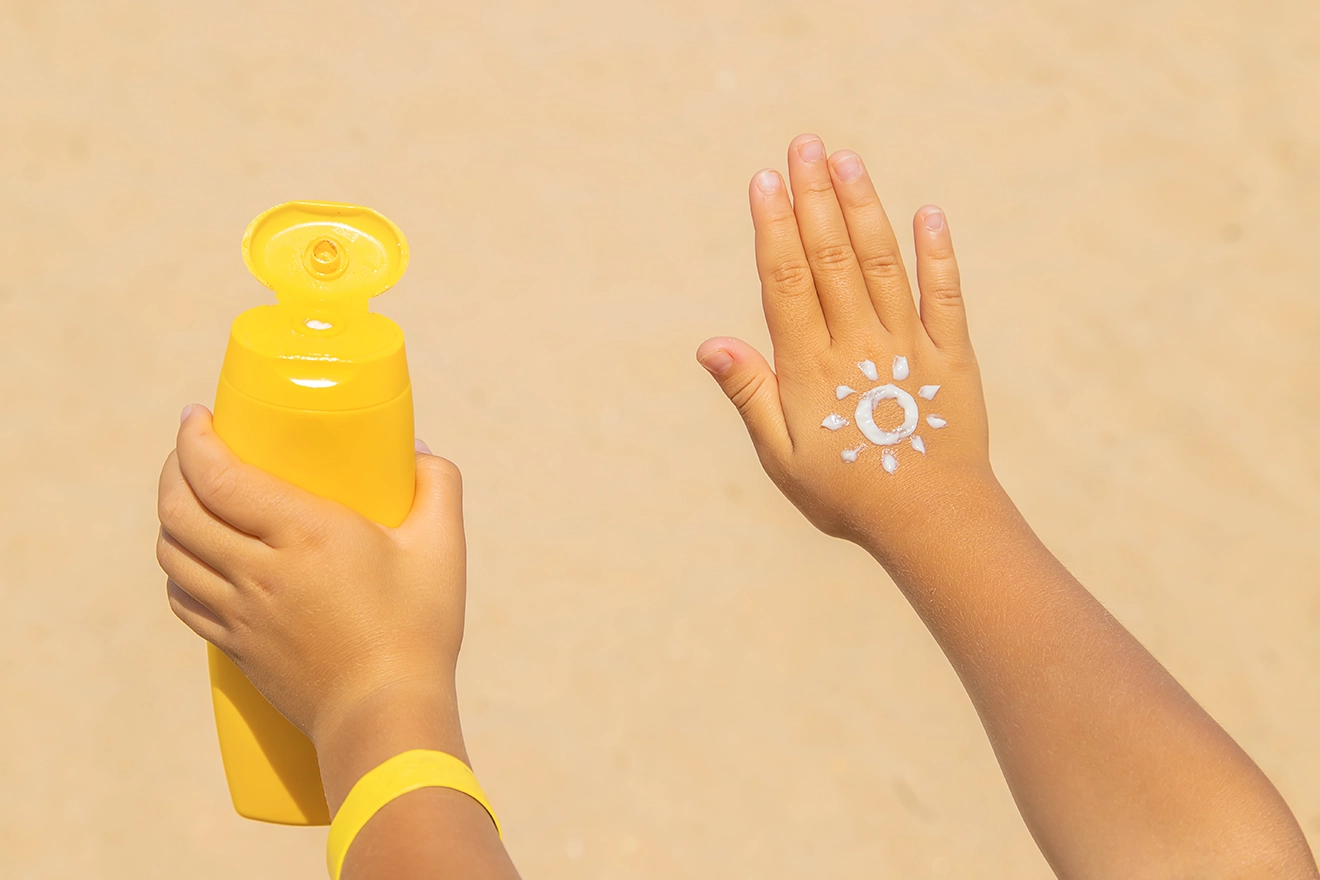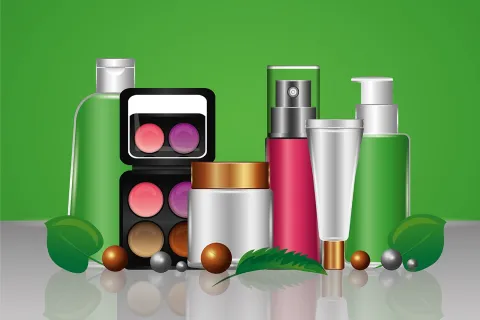
When it comes to protecting the skin from the sun's harmful rays, sunscreen products are essential. In the European Union (EU), strict regulations govern the labeling of sunscreen products to ensure consumers have accurate information about their effectiveness, safety, and application. All sunscreen products must adhere to the EU's cosmetic regulations, ensuring they meet safety and quality standards. Understanding these regulations is crucial for both manufacturers and consumers.
Here's a comprehensive guide to sunscreen product labeling in the EU.
- Sun Protection Factor (SPF):
- Sunscreens must prominently display their SPF, which indicates the level of protection against UVB radiation.
- SPF ratings typically range from SPF 6 to SPF 50+.
- UVA Protection:
- In addition to SPF, the labeling of UVA protection is recommended, when confirmed by UVA testing.
- UVA protection is indicated by a circle with "UVA" inside.
- Broad-Spectrum Protection: Sunscreens that offer balanced protection against both UVA and UVB radiation confirmed by product testing can use the term "broad-spectrum" on their labels.
- Water Resistance: Sunscreen products that claim to be water-resistant should specify the duration of this resistance (e.g., 40 minutes or 80 minutes) and provide instructions for reapplication after swimming or sweating.
- Application Instructions: Clear and concise instructions on how to apply the product effectively, including the recommended amount and frequency of application, must be provided.
- Expiry Date: Sunscreen products must display an expiry date to ensure consumers use them within their effective shelf life.
- Contact Information: The label should include the information of the Responsible Person (RP) within the EU.
- Nanomaterials Declaration: If sunscreen products contain nanomaterials, this information must be indicated in the ingredient list.
- Batch Number: Each batch of sunscreen products should have a unique batch number for traceability in case of quality or safety issues.
- Language Requirements: The label must be in the official language(s) of the member state where the product is marketed.
To conclude, understanding sunscreen product labeling in the EU is vital for consumers to make informed choices and for manufacturers to comply with regulations. Properly labeled sunscreen products not only protect the skin but also contribute to the overall well-being of consumers. For expert Regulatory assistance in sunscreen products in the EU region, consult Freyr!









